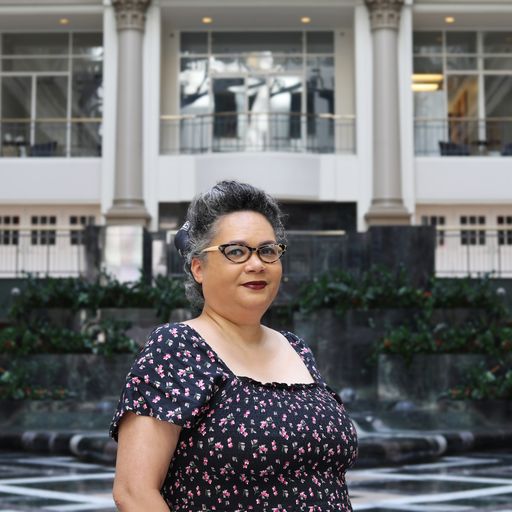Earlier this month, the US Department of Education (ED) made a call to action and broadened the definition of the digital divide by releasing its first National Educational Technology Plan (NETP) since 2016.
The simplest definition of the digital divide is that there are haves and have-nots when it comes to technology. That can be anything from lacking access to high-speed internet in a rural county to not being able to afford to pay for Wi-Fi or buy devices.
As tech literacy becomes a mandatory part of joining the workforce, it largely falls to schools to address the digital divide — and to help close it.
One-to-one student computing gained traction in 2015, with 45% of public schools committing to assigning school-budget-friendly Chromebooks or laptops to students in elementary through high school. That was a big step toward potentially closing the gap.
But when the COVID-19 lockdowns made virtual schooling necessary, a huge gash of inequity was exposed. Some kids had school-issued Chromebooks and no access to wifi. Others had no device at home, despite the one-to-one initiative.
Why aren’t schools more effectively closing the digital divide? In the 2024 National Education Action Plan, the ED pinpoints issues and proposes solutions within an expanded digital equity framework.
It’s a detailed 113-page document that anyone interested in education, technology and the digital divide should read in full. Here, we break down some of the main takeaways.
The three types of digital divide
The 2016 NETP had a focus on the digital divide and ways to address it. The 2024 edition goes even deeper by dividing the divide into three distinct types that need to be addressed individually:
- Digital use divide — This divide focuses not on whether students have devices in their hands, but the way they use them. Active use, such as coding, media production, analyzing and design is more effective at closing the divide than passive use, such as using a tablet to fill out worksheets.
- Digital design divide — This separation is about the inequitable access to technology education for teachers, which in turn leads to less digitally literate students.
- Digital access divide — This is what people often think of when they think of the digital divide: inequitable pathways to devices, connectivity and digital content, including accessibility for students and teachers with various disabilities.
A call to action for educators
Closing these divides requires funding, resources and training. That’s a lot to implement.
But, if legislation like the recently introduced federal AI Literacy Act gets passed, schools may see more funding for digital literacy.
Some things the NETP asks state lawmakers to do now include:
- Establish a cabinet-level edtech director
- Develop a digital equity plan with stakeholders
- Develop and publish a vision of effective edtech use in the state
- Collect information on how technology is used in the classroom to see if it’s being used actively or passively
- Adopt the Universal Design for Learning Framework
- Make a profile of a teacher in their state who effectively integrates technology into their teaching
The NETP includes dozens of examples of effective edtech implementation from all over the country, proving that, while challenging, it can be done. Here’s an excerpt from an appendix that details how Virginia collected data about students’ broadband access at home across the state:
During the COVID-19 pandemic, Virginia needed a complete picture of student home access to devices and broadband. The state couldn’t apply resources to address the problem without an accurate understanding of student access. In 2022, Virginia passed legislation requiring every school district to submit an annual report to the Virginia Department of Education and the Virginia Department of Housing and Community Development listing the 911 address of all students who do not have home broadband access, defined by speeds at or above 100 megabits per second (Mbps) download and 20 Mbps upload.
Data collection processes can be challenging to establish, and school districts had to devise methods of collecting accurate information from families. In addition, the data includes PII such as student addresses and must be secured. Data collection is more efficient now that systems have been established to gather and protect it. Student information systems must include standardized fields to store the data without requiring districts to make costly custom requests.
By systematically collecting device and access metrics across Virginia, the state has a comprehensive data set for broadband planning. At the local level, districts can understand better how to serve their students and families.
Join our growing Slack community
Join 5,000 tech professionals and entrepreneurs in our community Slack today!
Donate to the Journalism Fund
Your support powers our independent journalism. Unlike most business-media outlets, we don’t have a paywall. Instead, we count on your personal and organizational contributions.

Making the best of ‘Smalltimore’: Inside the RealLIST happy hour for rising startup founders

In a time of policy upheaval, immigrants of different backgrounds push forward

Baltimore hits $90.9M in VC activity to start 2025



